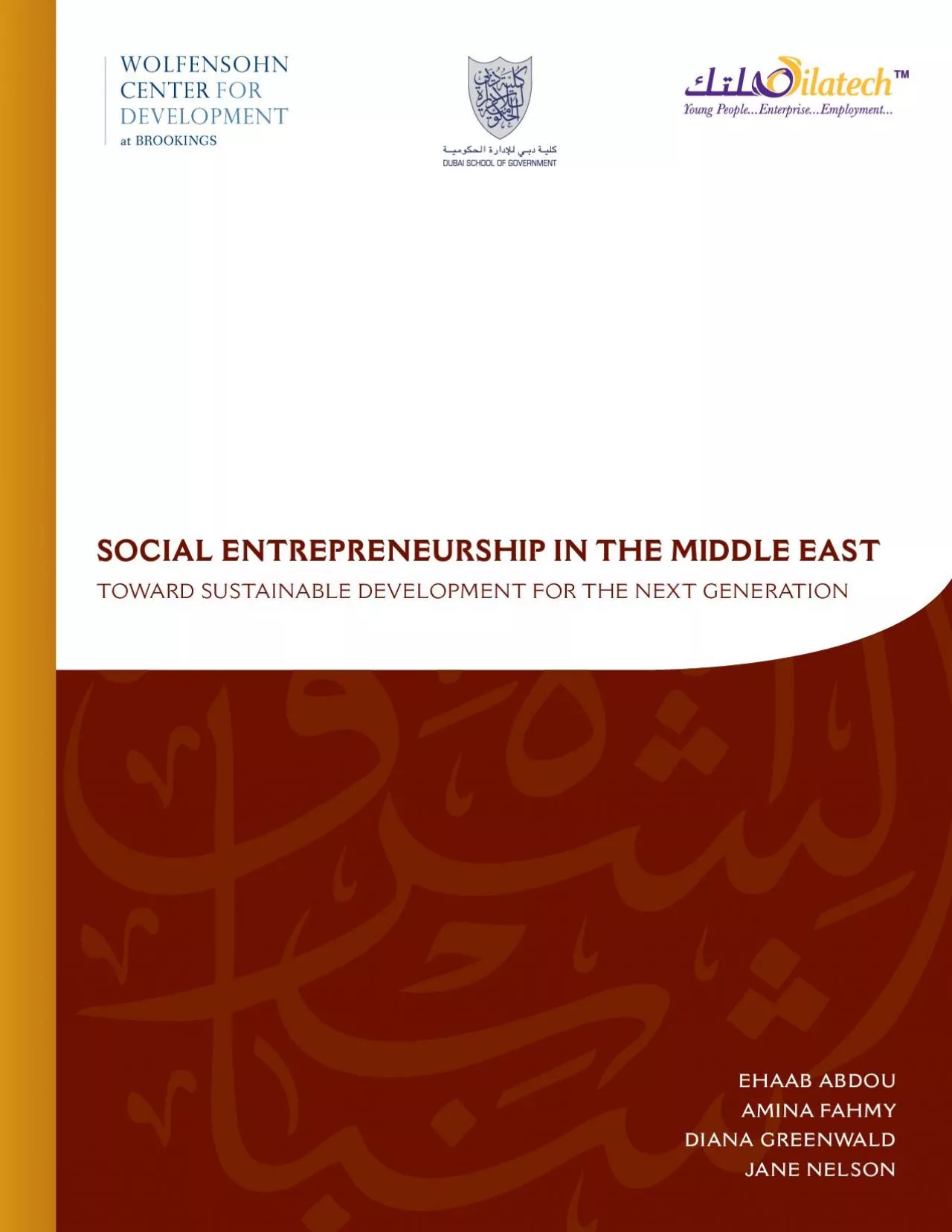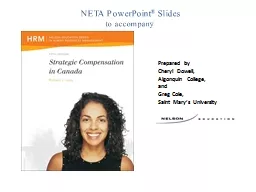PDF-AMINA FAHMYDIANA GREENWALDJANE NELSON
Author : fiona | Published Date : 2021-08-23
ABOUT THE INSTITUTIONS Middle East Youth Initiative is a joint project of the Wolfensohn Center for Development at Brookings and the Dubai School of Government devoted
Presentation Embed Code
Download Presentation
Download Presentation The PPT/PDF document "AMINA FAHMYDIANA GREENWALDJANE NELSON" is the property of its rightful owner. Permission is granted to download and print the materials on this website for personal, non-commercial use only, and to display it on your personal computer provided you do not modify the materials and that you retain all copyright notices contained in the materials. By downloading content from our website, you accept the terms of this agreement.
AMINA FAHMYDIANA GREENWALDJANE NELSON: Transcript
Download Rules Of Document
"AMINA FAHMYDIANA GREENWALDJANE NELSON"The content belongs to its owner. You may download and print it for personal use, without modification, and keep all copyright notices. By downloading, you agree to these terms.
Related Documents














